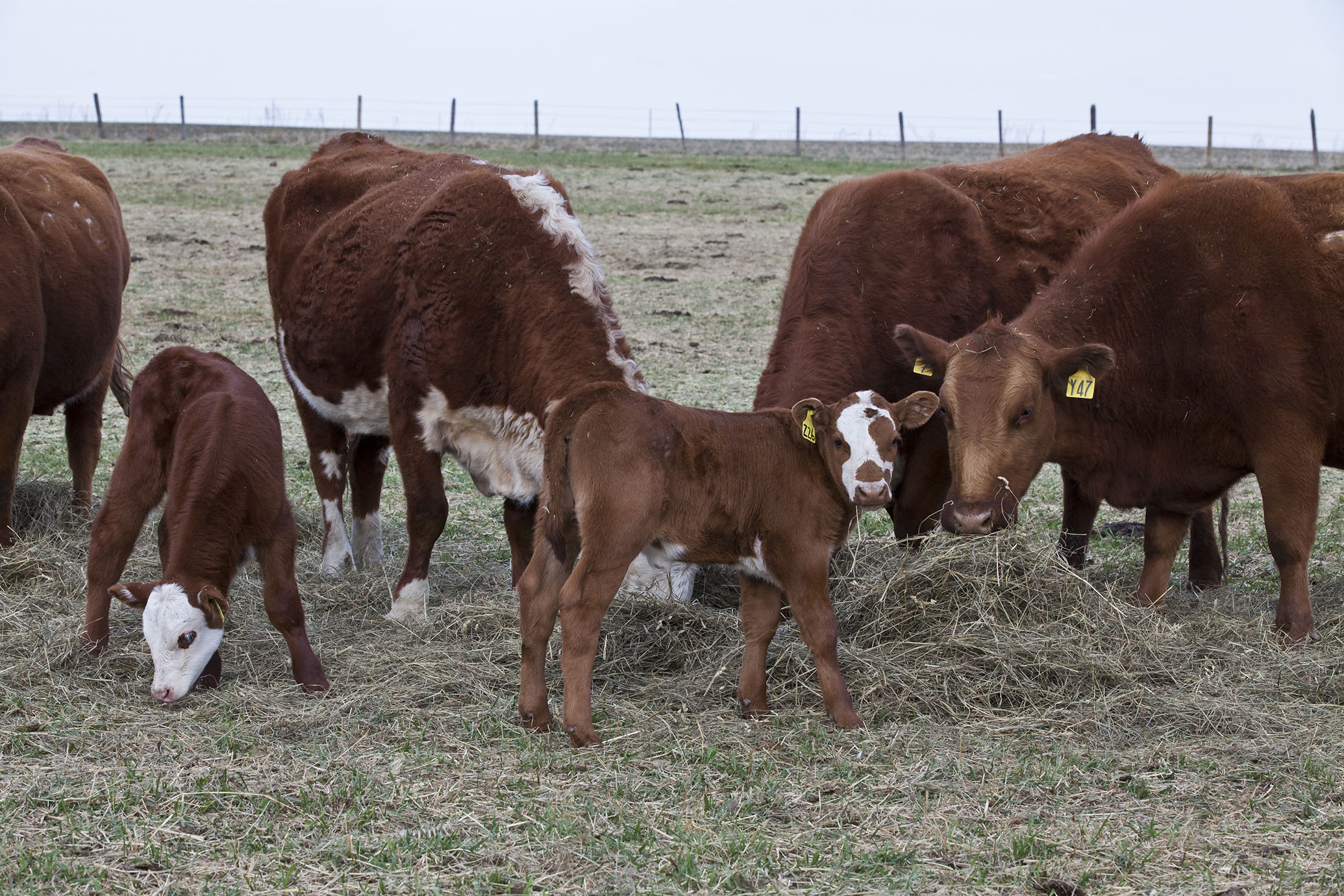Canadian Cattle Identification Agency

Continuing to prepare for and anticipate proposed regulations, launching a new resource centre and operating through a global pandemic has all made 2020 an interesting year for the Canadian Cattle Identification Agency (CCIA).
COVID-19
CCIA paid close attention to all public health updates and incoming information regarding COVID-19. As a happy result, CCIA’s digital systems worked well by offering traceability needs from the comfort and safety of the user’s home. The Canadian Livestock Tracking System (CLTS) and the CLTS MOBO APP were created for that convenience, and these platforms continued to assist with traceability requirements. Tags were shipped directly by mail through the webstore and Client Support Representatives were available toll-free to assist users with any additional needs.
Staff worked from home from March to September, and again starting in November, with a current return later in 2021.
CCIA is also pleased to be providing assistance to the Alberta and Saskatchewan provincial governments with the Set Aside program for
fed cattle.

Proposed Regulatory Amendments
All regulatory packages have been placed on hold. It is anticipated that in the late summer of 2021, based on priority for release that will not impact the economic recovery, Canada Gazette I (CG1) will be published for the traceability regulatory amendments. It will be followed by 90-day consultation period. It is an additional two years from that point until regulations will be in effect.
The regulatory changes are intended to enable more of a timely and effective response by Canada Food Inspection Agency (CFIA). Proposed amendments to Part XV of the Health of Animals Regulations have been postponed once again but are still under consideration.
Tags
Allflex
In anticipation of the fall run, Allflex made specific advancements to the stud component of their tags, as part of their commitment to continual improvement and to provide a response to tag retention issues reported by producers.
The new design and manufacturing methodology, which has been validated globally on tens of millions of animals, will be adopted immediately upon CFIA approval and identified on Allflex packaging with an updated notification sticker.
Ultra-High Frequency (UHF) Tags
There has been lots of discussions about UHF tags, and it is highly supported by the feedlot and packer sectors. While CCIA is technology neutral, we have a project underway to review all the relevant literature available on the subject and its application to the livestock industry.
The next step to that project would be to draft an implementation plan to phase out of the current tags (low frequency) and phase-in UHF. That portion of the project has been submitted for funding.
It is important to remember that International Organizational Standards (ISO) for UHF technology are two years away from having testing standards for UHF. All current approved tags have to meet ISO standards.
The new CLTS Resource Centre – your “How To” Destination
The new and improved CLTS Resource Centre (CRC), support.canadaid.ca went live mid-year. It was a big project for the Communications, Client Support and IT teams.
The new CRC is your “how to” destination for everything Canadian Livestock Tracking System (CLTS). Here you’ll find comprehensive guides for how to submit events, frequently asked questions and more. Each guide features simple instructions and screenshots to guide you through each process step-by-step.
Chat Feature
We’ve added a chat feature to canadaid.ca and support.canadaid.ca providing another option for customers to reach Client Support without speaking directly on the phone or sending an email. The chat box only appears during business hours.
Change to Submissions to the CLTS
On October 1, CCIA began phasing the requirement from 9-digit data entry to all 15 digits when submitting data to the CLTS. This is a staggered change allowing all types of data submissions to make necessary modifications. The change will be totally implemented by March 2021. The tags have not changed, they have always had 15 digits, only the submission to the CLTS has changed, now requiring all the digits.
Dairy
Lactanet Canada and Dairy Farmers of Canada (DFC) moved forward with DairyTrace, the national dairy cattle traceability program. This became a reality in October and provides a single, common framework for dairy farmers to track animal identity and movements.
Earlier in the year, the CFIA recognized Lactanet Canada as the national administrator responsible for dairy bovine animals under Part XV of the Health of Animals Regulations.
CCIA entered into a service agreement with Lactanet and after the October 5 DairyTrace launch continued receiving data from intermediate (i.e. feedlots) and terminal sites that report events for dairy tags. The reporting for those regulated parties will continue as they know it, but all data related to dairy tags will reside at DairyTrace and not in CCIA’s CLTS database.
